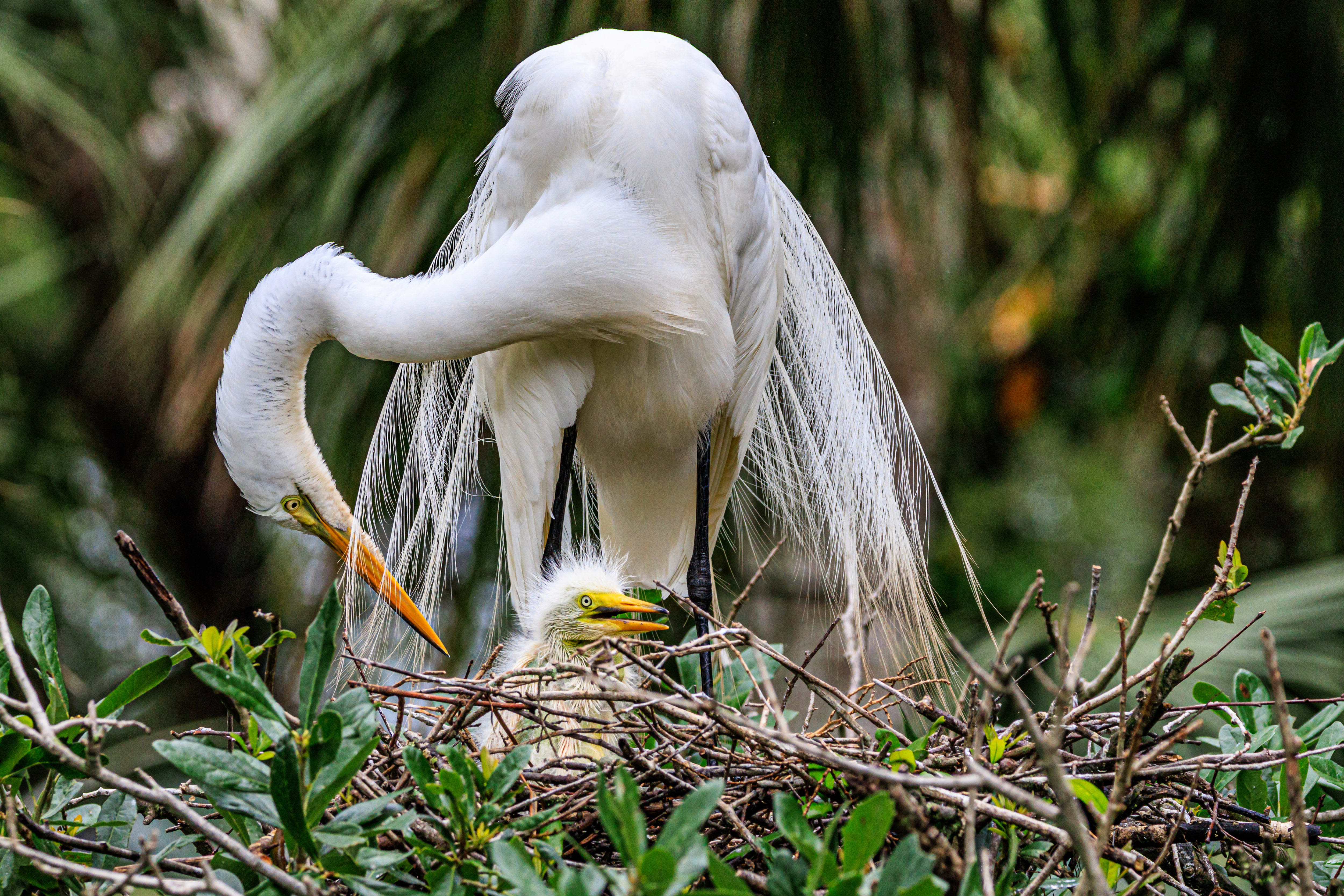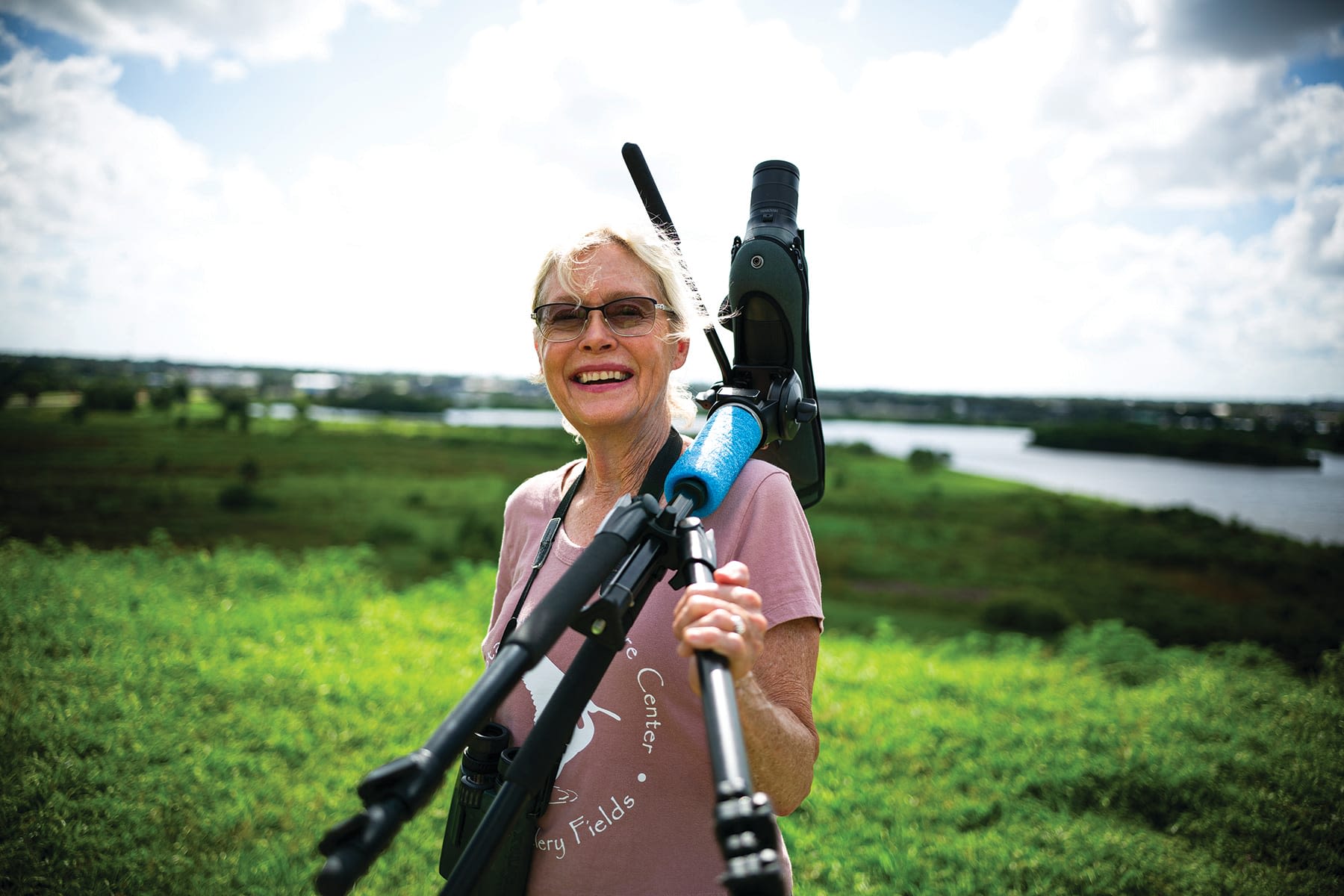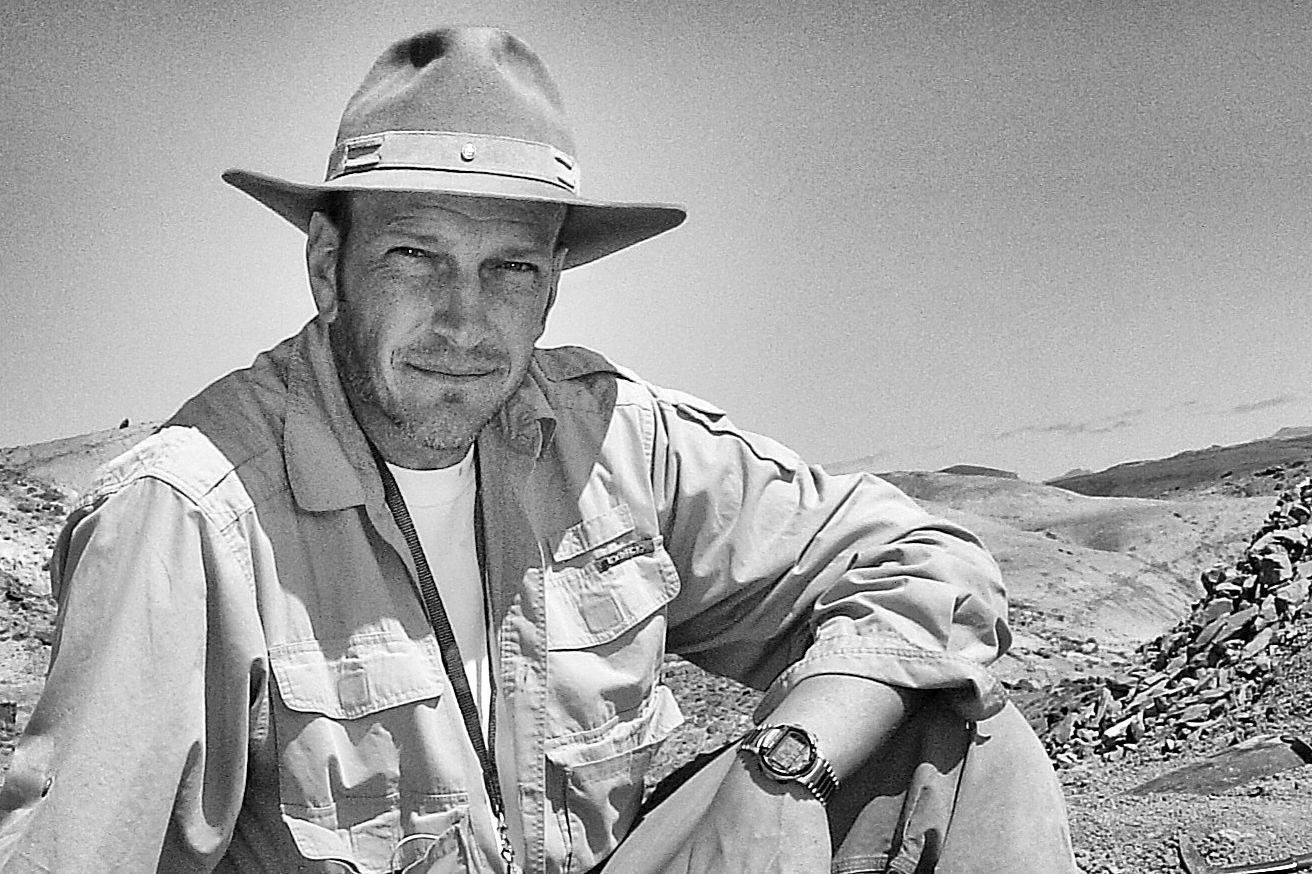Shot by Shot, Photographer Carlton Ward Jr. Is Saving Wild Florida
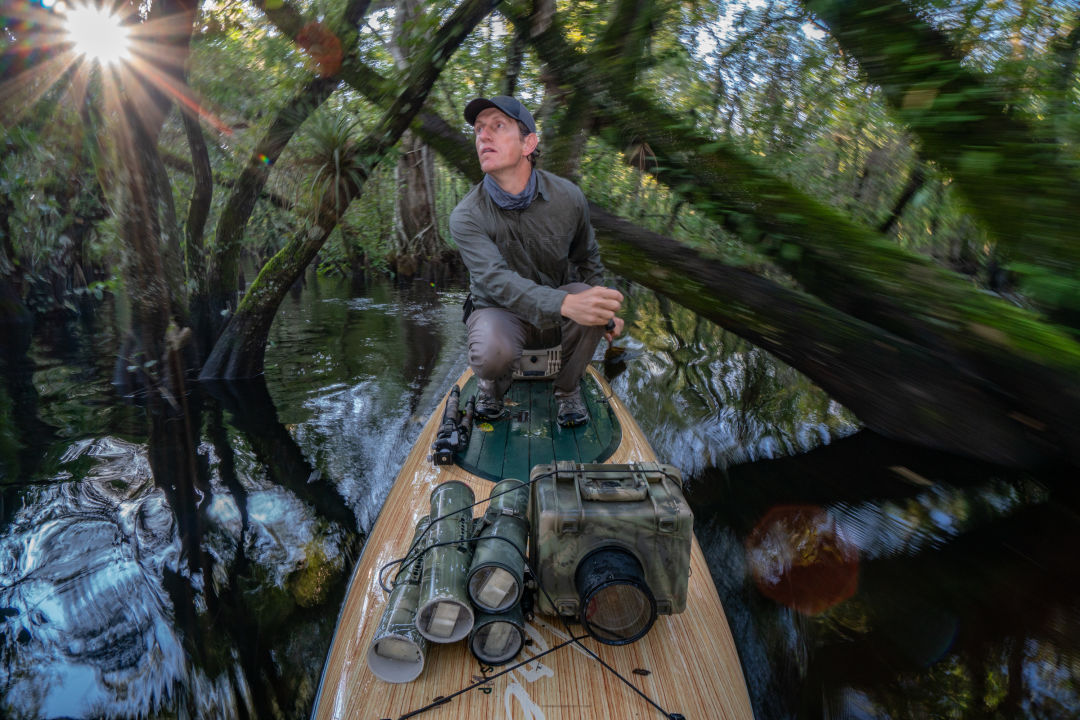
Carlton Ward Jr. makes his way through a rain-soaked Florida swamp.
Image: Carlton Ward Jr.
Photographer Carlton Ward Jr. has a lot of his blood in the state of Florida. His family is full of cracker cattle ranchers eight generations deep. His great-grandfather was Doyle E. Carlton, the 25th governor of Florida. And there’s actual blood of his in an alligator’s mouth somewhere deep in a swamp.
All that intimate history, plus 15 years of nonstop work, has led up to this moment. Ward's new photo book, Path of the Panther: New Hope for Wild Florida, was recently published by National Geographic, and the publication follows on the heels of the release of a documentary that he is featured in of the same name, which began streaming on Disney+ earlier this month. In addition to his work as a photographer, Ward is also a conservationist. He founded the Path of the Panther project with the National Geographic Society to help inspire the protection of 18 million acres of wild land in the Florida Wildlife Corridor, a project he also founded in 2010.
Ward’s work is part of the reason I returned to my hometown to write about Florida. When I encountered his photography several years ago, my eyes were opened to a world I had ignored in my youth. How did I not know how beautiful this place is?
On a recent afternoon, I drove out to Ward’s family ranch east of Myakka, where he showed me his favorite big oak trees. At the ranch, it looked like old Florida, with hammocks, prairies and a huge, open sky. I asked him what makes Florida so beautiful.
“I’ve never seen more beautiful light in the world than here in the summertime,” Ward tells me. “We’ve got that dark gray, or heavy blue anvil, with storm clouds pushing off, and then you have the sun setting underneath it with this heavy black or orange background unbroken all the way across the Gulf. It’s this collision of primal elements.”
Ward then recalled a quote he’d heard from the famous Florida landscape photographer Clyde Butcher: "Out west, they have their mountains. We have our clouds."
“It’s all about the clouds,” Ward says. “A blue sky day is boring because there's no depth. There's nothing ephemeral about it. But when you have these cloud formations, there's that once in a lifetime moment that happens that won't repeat itself.”
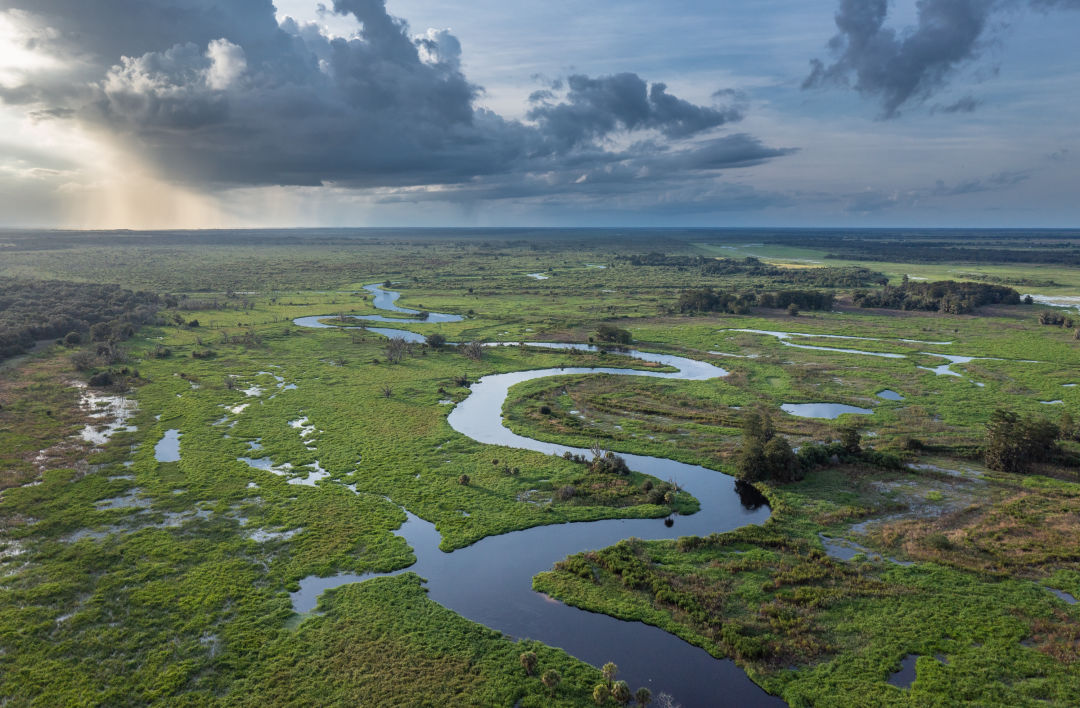
Image: Carlton Ward Jr.
While Ward was born on the coast of Pinellas County, his family roots are out in the country. He has to use his fingers to count the amount of greats that preface his ancestor, Albert Carlton, who homesteaded in Wauchula back in the 1860s.
Ward grew up a suburban coastal Florida kid, surfing cold fronts and boating around the Intracoastal in the most densely populated county in in the state. (There are 3,425 people per square mile in Pinellas County. Broward County is the next closest, with 1,470 people per square mile.) But Ward always had a foot out in the country. He’d spend holidays hunting and exploring the wilds of his forebears. “I think, subconsciously, I saw the different kind of Floridas,” he tells me. “One where there was wall to wall concrete and the other out here, and I noticed and felt the loss of land.”
That feeling of loss would crystalize into conservationism after he left Florida for college and studied biology and writing. He wrote a profile on his uncle, Doyle Carlton Jr., for a class assignment. “I spent a day with him, riding around his ranch and learning about his life,” Ward says. “His ranch was in Horse Creek. It flows through rangelands and woods in Hardee County west of the Peace River. It’s one piece of land about 16,000 acres. He told me that when he was a kid, he’d drive cattle for three days and three nights living under the stars and he’d never see a fence. And it made me think about the amount of change that happened in a single lifetime.”
Ward was inspired by his uncle’s conservation ethic. “He was a pretty conservative guy, like most ranchers are, and he sees the land as something that belongs to God and he’s just there to take care of it," Ward says. "To leave it better than he found it for the next generation.” That motivated Ward. “I felt like I was missing some of that in my own life," he says.
But Ward wouldn’t focus his lens on Florida right away. After graduating from college, he found himself in a series of different internships with the Smithsonian that would take him all the way to Central Africa. “It was a dream come true for a young aspiring photographer,” he says.
Ward spent several years going back and forth between Africa and Florida. While abroad, he photographed the tropical forests of Gabon and the elephants of Mali. But each time when he returned to Florida, he couldn’t help but see just how fast things were changing. “I’d come home and there’d be a brand new subdivision on what used to be a cattle ranch,” Ward says.
He stared to feel conflicted about how he was spending his time. “I began to notice how effective photography combined with science could be in regards to conservation,” Ward says. “I was exporting a conservation ethic to another country through my work, and I knew that 100 other people would love to take my job and work with the Smithsonian in Africa, but I did not see enough storytelling focused on Florida. I knew I had to return home.”
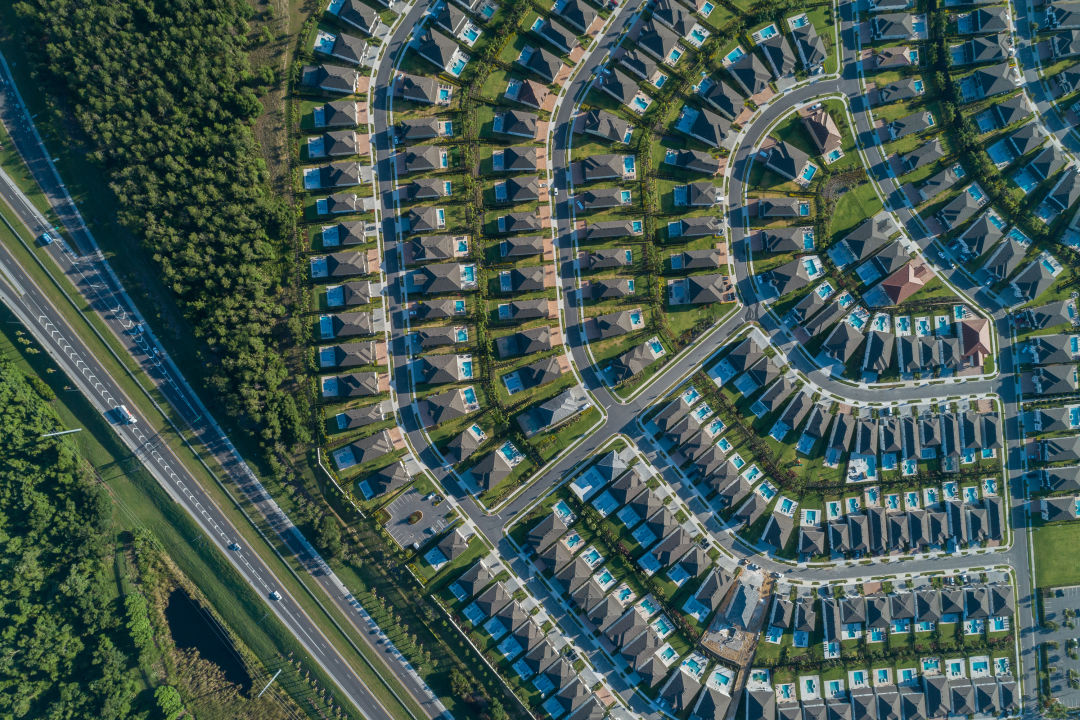
Image: Carlton Ward Jr.
Upon returning to Florida in 2004, he turned his focus to Florida’s threatened cattle ranches. He released the book, Florida Cowboys: Keepers of the Last Frontier in 2009. From all his time spent in the country with our cowboys, Ward realized that these ranches were connecting wildlife habitats. The organization's goal is to save 18 million acres of contiguous Florida nature, an envisioned corridor that stretches all the way from the panhandle to the southernmost tip of Florida. Ten million acres have been saved so far, but the other 8 million are threatened by development. If the remaining acres aren’t saved, construction threatens to fragment Florida and prevent the free flow of life across the state. The No. 1 killer of Florida panthers, for example, is cars.
There are now dozens of organizations working tirelessly to connect and protect the Florida Wildlife Corridor. They advocate for funds that would enable the state to purchase land from ranchers and other properties to create conservation easements that will forever remain wild.
In 2015, Ward was on a one day assignment for National Geographic in the Florida Panther National Wildlife Refuge to capture a photo of the last big cat in the eastern United States. Using a camera trap with infrared technology, he managed to catch a faint glimpse of the haunches of a panther as she walked out of the frame.
That simple job turned into a seven-year obsession that became the book and film Path of the Panther. Ward's goal was to capture a photo of the first female panther to cross the Caloosahatchee River in 43 years to prove that the panther would naturally expand its habitat and maybe save its species. “The panther is the ultimate symbol of the corridor,” Ward writes in his book. “That means protecting the Florida Wildlife Corridor is the only way panthers can reclaim enough of their historic range throughout Florida to ever reach sustainable numbers.”
Trouble is, panthers aren’t so easy to find. Prior to the project, Ward had never seen a panther in the wild. He’d heard their cries at night in the woods when he was young, but that was it. “It’s like chasing a ghost,” Ward says.
You have to be be obsessed to be a wildlife photographer, especially when you are trying to capture something that does not want to be seen. Ward set up camera traps all throughout the swamps of South Florida, where everything had to be put together just right—from the camera angle to the infrared sensor and lights. The cameras were customized to endure the wet heat and sharp teeth of Florida.
In order to capture the Florida panther, Ward imagined himself as a panther. Where would the cat walk? How would it approach? In the Path of the Panther film, you get to see Ward embody the big cat. He would move like a panther might, personifying the animal to test his cameras.
“Camera traps are not a soul-satisfying pursuit,” Ward says. “It’s a necessary evil in order to get the shots. It’s not like shooting a portrait where you’re getting that interaction with the subject. The camera trap is very mechanical. You have to be artful on how you visualize and compose it, but then your interface with that picture is like a bunch of wires and mechanical this or that and it's not rewarding in the moment, that's for sure.”
It took an average of two years of methodical work to turn out one good photo. Ward says some of the photos took five years. “I had to condition myself for failure,” he says. “If you let yourself walk up to the camera hopeful, you're just prepping yourself for disappointment."
When Ward finally captured a photo of a female panther north of the Caloosahatchee, it felt more like a sigh of relief than a sense of exhilaration, he says. It took days for his accomplishment to sink in. Ward’s visible proof of a female panther gave hope for the future of Florida.
The photos that Ward has managed to capture are of a secret Florida—a Florida that existed long before man arrived and survives in spite of us. Ward’s camera traps capture animals in a state of casualness you never get to see otherwise. Normally, animals around us move warily. They do not want to be seen. But because of Ward’s technique, you get to see them during a leisurely stroll.
The photos of the panthers are particularly impressive. I’ve seen photos of panthers before, but there is something especially gorgeous about our Florida panthers. They are lean and angular like runway models, and the face of each panther is noticeably different from the other.
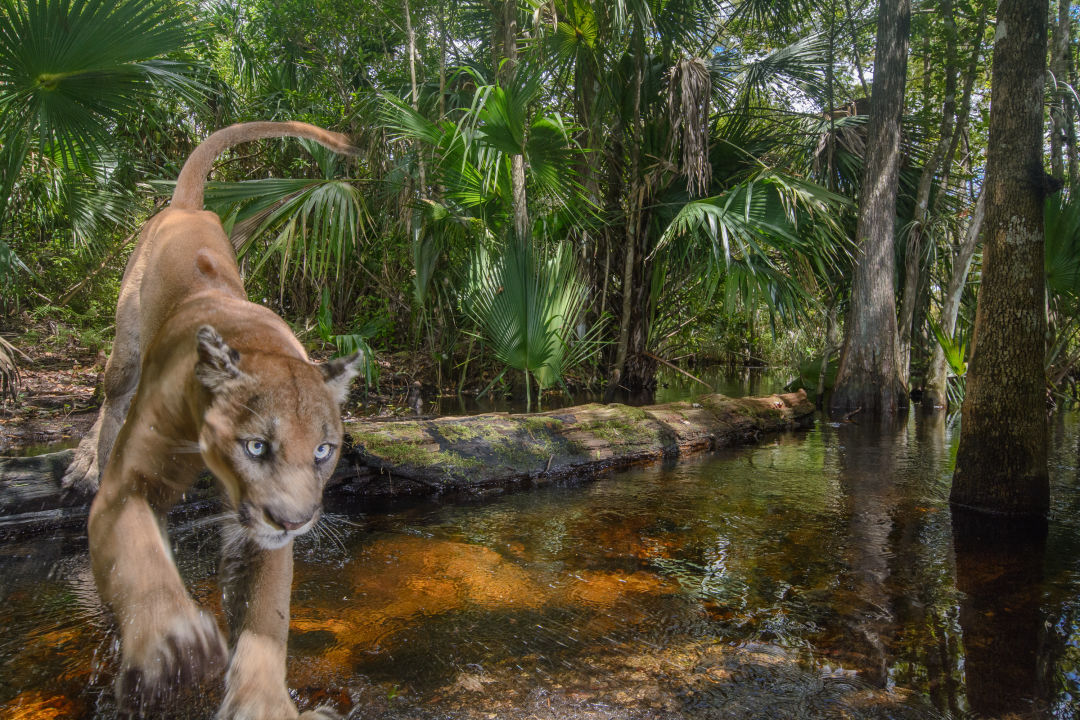
A Florida panther in the wild.
Image: Carlton Ward Jr.
Since capturing that photo, Ward and the Path of the Panther project have made strides in their efforts to expand and protect the Florida Wildlife Corridor. In 2021, Gov. Ron DeSantis signed a bill that officially defined the geography of the corridor and “directs the Florida Department of Environmental Protect to encourage and promote investments in areas that protect and enhance the Florida Wildlife Corridor.” Since the bill was signed into law, it convinced lawmakers to put money into the project. So far, the project has acquired $850 million in conservation funding. There is a chance for another $1.15 billion to be alloted in 2023.
Ward and his team at Wildpath have been photographing all the properties protected by the state of Florida since the passage of the Florida Wildlife Corridor Act. They document their work through media toolkits to show all the good work done by participating partners. So far, nearly 100,000 acres have been saved.
When we spoke, Ward recalled the story of his uncle Doyle Jr., who inspired him to pursue conservationism and connect with the land of Florida.
“That same Horse Creek Ranch that inspired me to do what I do today—well, all 16,000 acres were protected by a conservation easement from the Florida Wildlife Corridor Act this year,” Ward says. “I've been thinking that through my uncle’s telling of the story of his land to me back in 1999, that he ultimately helped inspire policy that unlocked more than a billion dollars of conservation funding during the past three years that helped protect his ranch and many others. Clearly, my work is not the only factor in there, but to have conceived a story that contributed to that actual piece of land being saved in perpetuity is pretty cool.” Ward recalls going back to photograph Horse Creek last year with his cousin, Doyle Carlton III, who had just committed to protecting the property with a conservation easement. “We were standing there, looking at the same creek flowing beneath the same oak trees I had visited with his father 23 years before, knowing that are going to be Florida forever.”
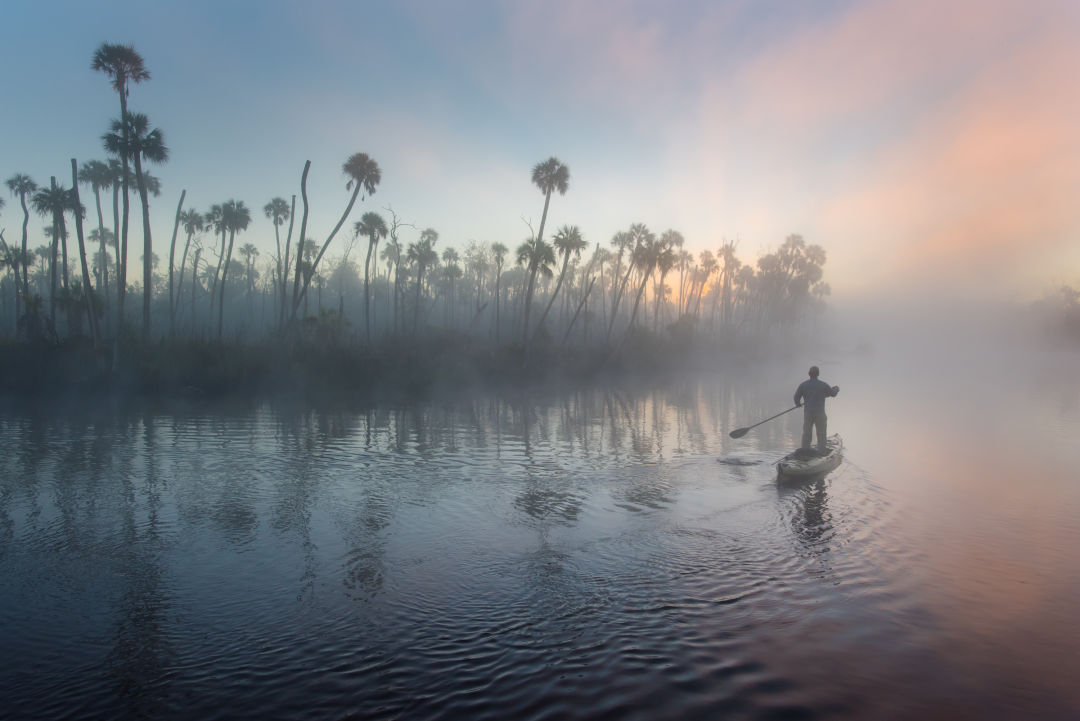
Image: Carlton Ward Jr.
Check out the book at wildpath.com and the film at pathofthepanther.com.
You can also purchase prints of Ward's work at CarltonWard.com.
